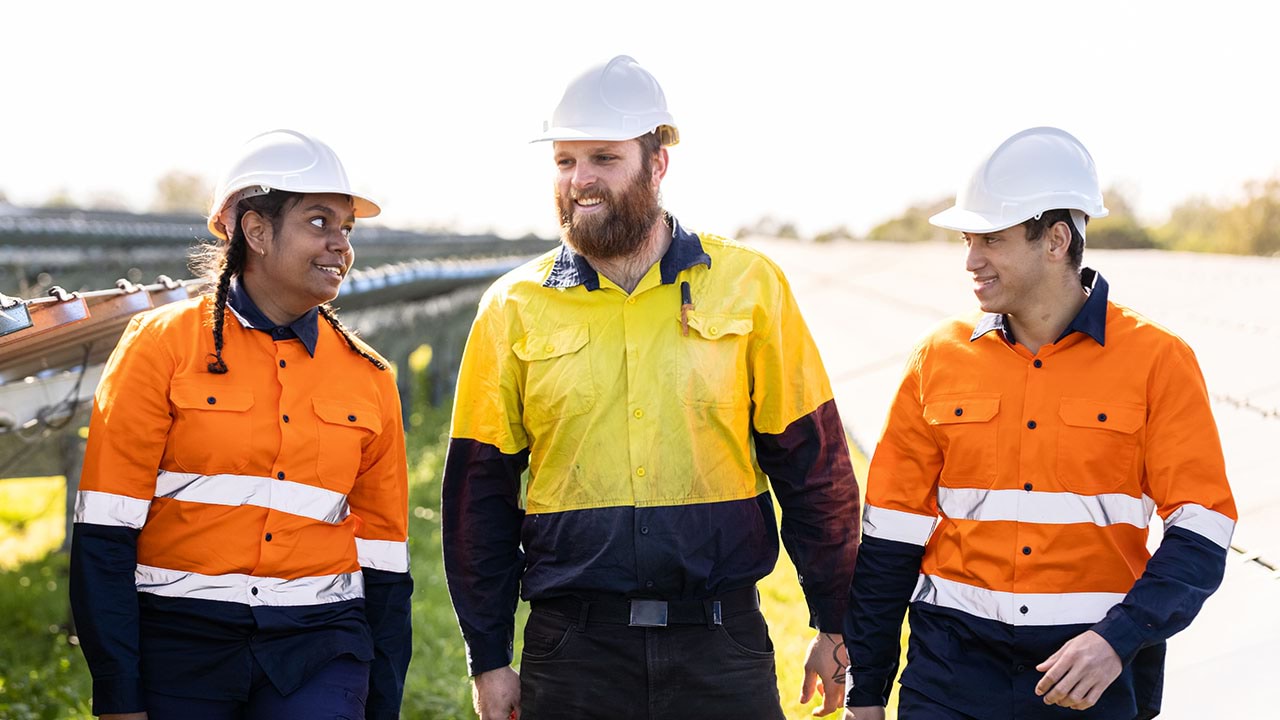Youth workers support young people in social and wellbeing programs. They may work in youth centres, community facilities or offices, and work with groups or one on one.
Find out what a youth worker does and the related Vocational Education and Training (VET) courses and pathways you can take to secure a job.
What is a youth worker?
As a youth worker, you will help young people with social, emotional or financial challenges.
You will support them to improve their social and emotional wellbeing. You may connect them with other services, or education and training.
This job suits people who are compassionate and empathetic.
Find out more about youth workers(opens in a new window) and these related jobs on the Victorian Skills Gateway(opens in a new window):
- careers counsellor(opens in a new window)
- community worker(opens in a new window)
- counsellor (other)(opens in a new window)
- disabilities services officer(opens in a new window)
- drug and alcohol counsellor(opens in a new window)
- early childhood educator(opens in a new window)
- family and marriage counsellor(opens in a new window)
- family support worker(opens in a new window)
- parole or probation officer(opens in a new window)
- rehabilitation counsellor(opens in a new window)
- residential care officer(opens in a new window)
- student counsellor(opens in a new window)
- welfare worker(opens in a new window).
Related training courses
Explore these related TAFE and training courses on the Victorian Skills Gateway(opens in a new window):
- alcohol and other drugs(opens in a new window)
- community services(opens in a new window)
- counselling(opens in a new window)
- disability(opens in a new window)
- mental health(opens in a new window)
- welfare(opens in a new window).
You may be eligible for government funding to help pay for your course.
Median salary
The median weekly earnings for a welfare support workers in Australia is $1,688.
Source: Jobs and Skills Australia(opens in a new window)
The median weekly earnings for a counsellors in Australia is $1,477.
Source: Jobs and Skills Australia(opens in a new window)
Note these salaries are current as of January 2025 and are indicative only. A range of salaries apply to different roles across the industry. Specific salary data is not available for youth workers.
Job demand in Victoria
Below is the number of welfare support worker and counsellor jobs in Victoria. Figures show the number of workers in 2024 and the new workers expected to enter the workforce by 2027 and 2034.
‘New workers expected’ accounts for workers adding new jobs to the economy and replacing retirees over the next 3 and 10 years. These projections are estimates only. There will be additional jobs available as people move between jobs and industries.
Note that specific data is not available for youth workers.
Resources to plan your next steps
Visit our working with children and young people industry profile to find out about:
- what it’s like to work with children and young people, and some of the jobs you could do
- training and skills to work in the industry, and financial assistance to help pay for your course
- help getting a job working with children and young people, and industry job projections for Victoria
- other free resources and advice to plan your training and career.
Also visit our education and training services industry profile.
Explore growing industries in your region
Updated



